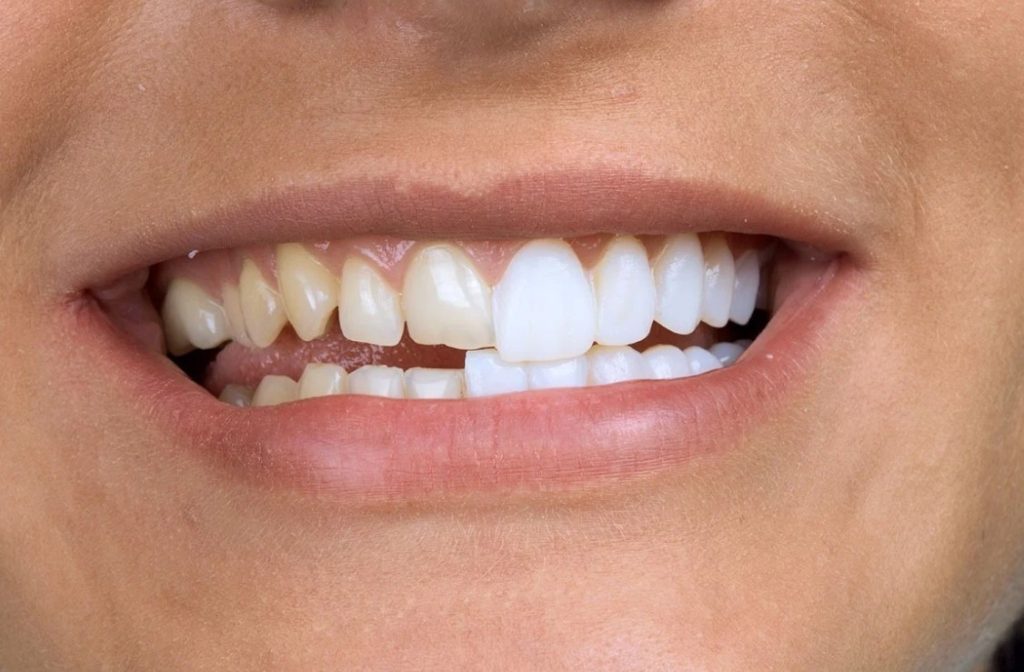Your dentist may remove your amalgam fillings on your posterior teeth and replace them with pocelain inlay fillings. Porcelain fillings are hard, durable and esthetic fillings put on the cavities your dentist makes to remove decay. They are fixed in place with special a cement or bonding (chemical and multi-staged fixing system). Inlay porcelains are fillings prepared only for the chewing surface of your teeth. Onlay porcelains, however, are larger fillings that include the lateral surfaces of the teeth.
Properties of Inlay – Onlay Porcelains
Porcelain fillings are made to avoid too much loss of the tooth as only decay is cleaned within specific rules. Measurement of the tooth are taken and and a model is made. It is sent to laboratory and your porcelain onlay is fixed onto the tooth. They have several properties.
The main properties are as follows;
- Your dentist does not cut the tooth as with for crowns. Instead, they prevent the structural loss of the tooth. Only decay is removed, and the porcelain inlay or overlay iscustom made to ensure a perfect and seamless fit between itself and the tooth.
- They do not change color over time as with composite fillings (fillings made according to tooth colour). As they are made of porcelain, they cannot be fixed onto colorific substances.
- They protect the tooth against forces due to their solid structure.
- They do not cause loss of esthetics as with amalgam fillings. They look natural as they are designed according to the natural colour of your tooth.
- It only takes 2 sessions to make them.
- As their surface is polished, food remnants do not stick on them. Hence, they are hygienic.
- As they are made of porcelain, you do not experince “polymerization shrinkage” that can be seen in composite fillings after they are fitted, thus, you will not experience sensitivity against hot or cold and tooth decay will not repeat.
- For teeth with excessive enamel loss and especially those having undergone root canal treatment, porcelain onlays can be used to repair the lost parts of the teeth with the help of adhesive systems.

